
Additive Manufacturing Tech Translator - AM Tech Translator

Welcome to the Additive Manufacturing Tech Master.
Translate technical additive manufacturing documents with AI precision.
Translate the latest research findings on direct metal laser sintering...
Explain the impact of build orientation on surface finish in selective laser melting...
Compare the mechanical properties of different additive manufacturing materials...
Describe the process parameters that influence the quality of 3D printed optical components...
Get Embed Code
Introduction to Additive Manufacturing Tech Translator
The Additive Manufacturing Tech Translator specializes in translating complex technical documentation related to 3D printing. This tool is designed to accurately interpret and convey technical nuances in documents, ensuring fidelity to original content while making advanced concepts accessible to professionals. For example, it can translate technical standards or process descriptions from one language to another, ensuring all technical terms and nuances are preserved, which is essential for maintaining the integrity of safety protocols or manufacturing procedures in the additive manufacturing field. Powered by ChatGPT-4o。

Main Functions of Additive Manufacturing Tech Translator
Technical Translation
Example
Translating ISO standards for 3D printing from English to another language.
Scenario
A company in a non-English-speaking country needs to implement ISO 10303 for product data representation in their additive manufacturing processes.
Jargon Interpretation
Example
Interpreting technical jargon in 3D printing like 'laser sintering' or 'stereolithography' for clarity in training materials.
Scenario
Training new employees at a 3D printing firm who are not familiar with the specific terminologies used in their operational manuals.
Document Localization
Example
Adapting additive manufacturing safety manuals to comply with local regulatory requirements.
Scenario
A multinational company needs their safety manuals for 3D printed products localized for use in different countries, ensuring all local legal and safety standards are met.
Ideal Users of Additive Manufacturing Tech Translator Services
Manufacturing Engineers
Engineers who need to understand or utilize additive manufacturing technologies across different languages and regional standards would benefit from precise translations that ensure operational safety and efficiency.
Regulatory Compliance Officers
Officers who are responsible for ensuring that manufacturing processes meet international and local regulations can use the service to accurately translate and interpret regulatory documents and standards related to additive manufacturing.
Educational Institutions
Universities and technical schools offering courses in additive manufacturing can use the translation services to provide students with access to a wide range of international research and technical documents, adapted to their native languages.

Guidelines for Using Additive Manufacturing Tech Translator
Step 1
Visit yeschat.ai for a free trial without requiring login; there is no need for ChatGPT Plus.
Step 2
Upload the document you wish to translate or have analyzed, ensuring it relates to additive manufacturing or associated technical fields.
Step 3
Specify the language of the original document and the desired language for the translation.
Step 4
Use the specialized translation features to handle specific terminologies or request a detailed explanation of complex sections.
Step 5
Review the translated document and use the feedback tools to improve accuracy or address any specific requirements.
Try other advanced and practical GPTs
Energiegesetz-Experte
AI-powered Energy Law Guidance
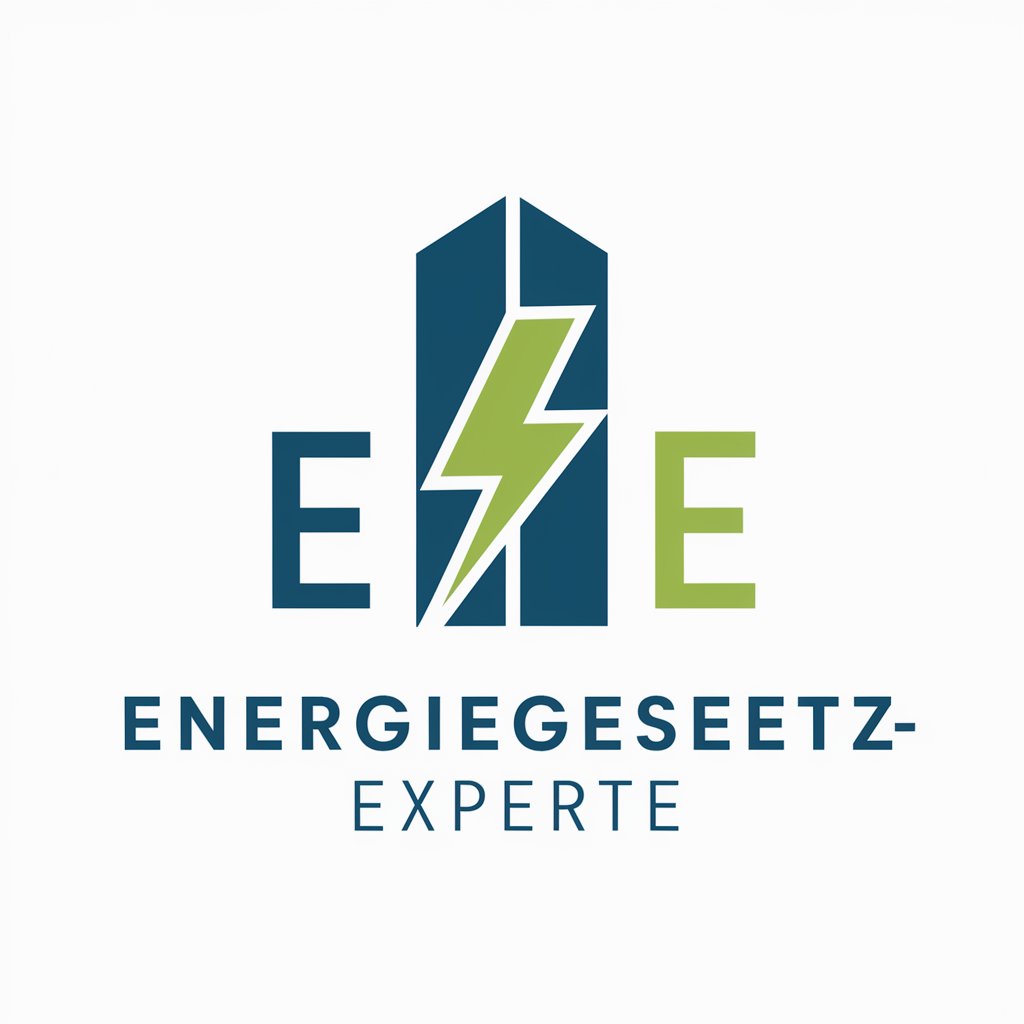
Serve Sensei Pro
Empowering Innovation with AI

Safe Serve Support
AI-powered ServSafe Learning Assistant
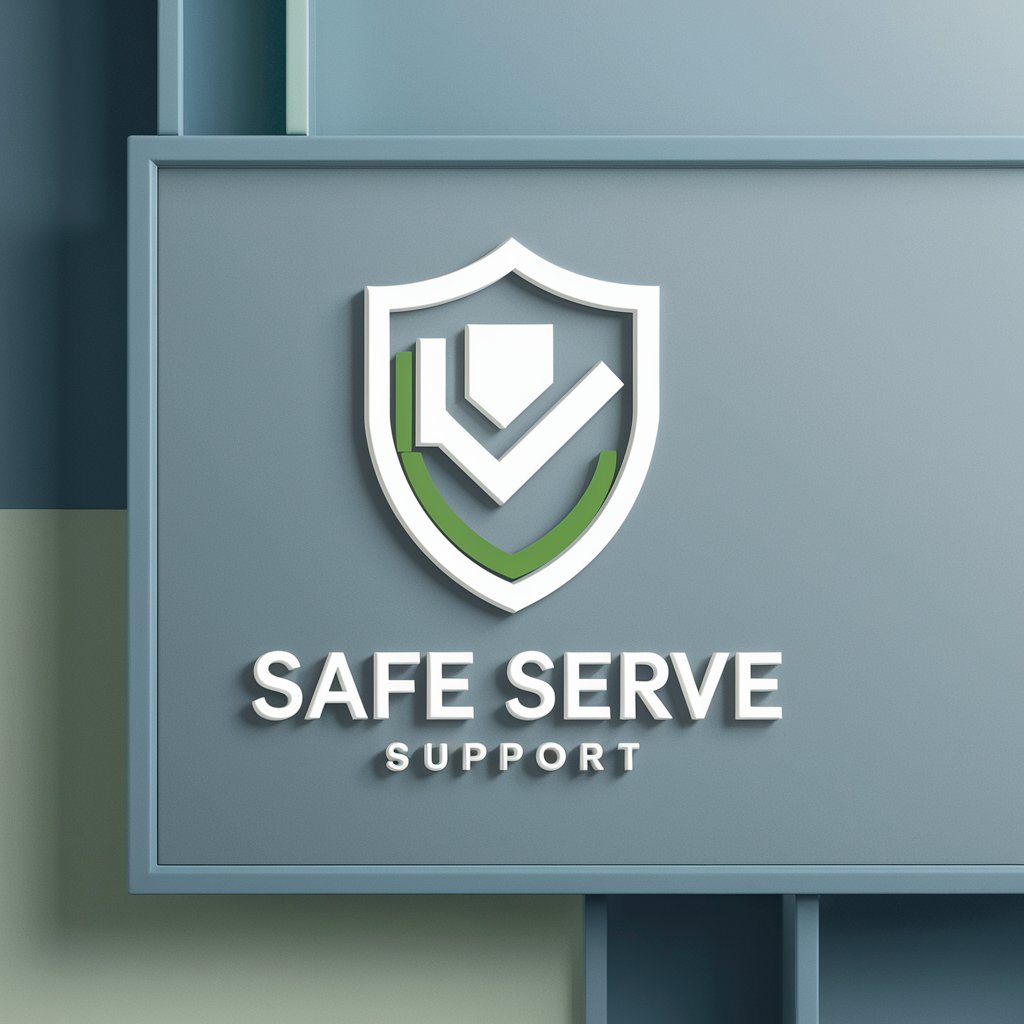
Recap Wizard
Distilling Text with AI Power

Name Innovator
Crafting Distinct Names with AI
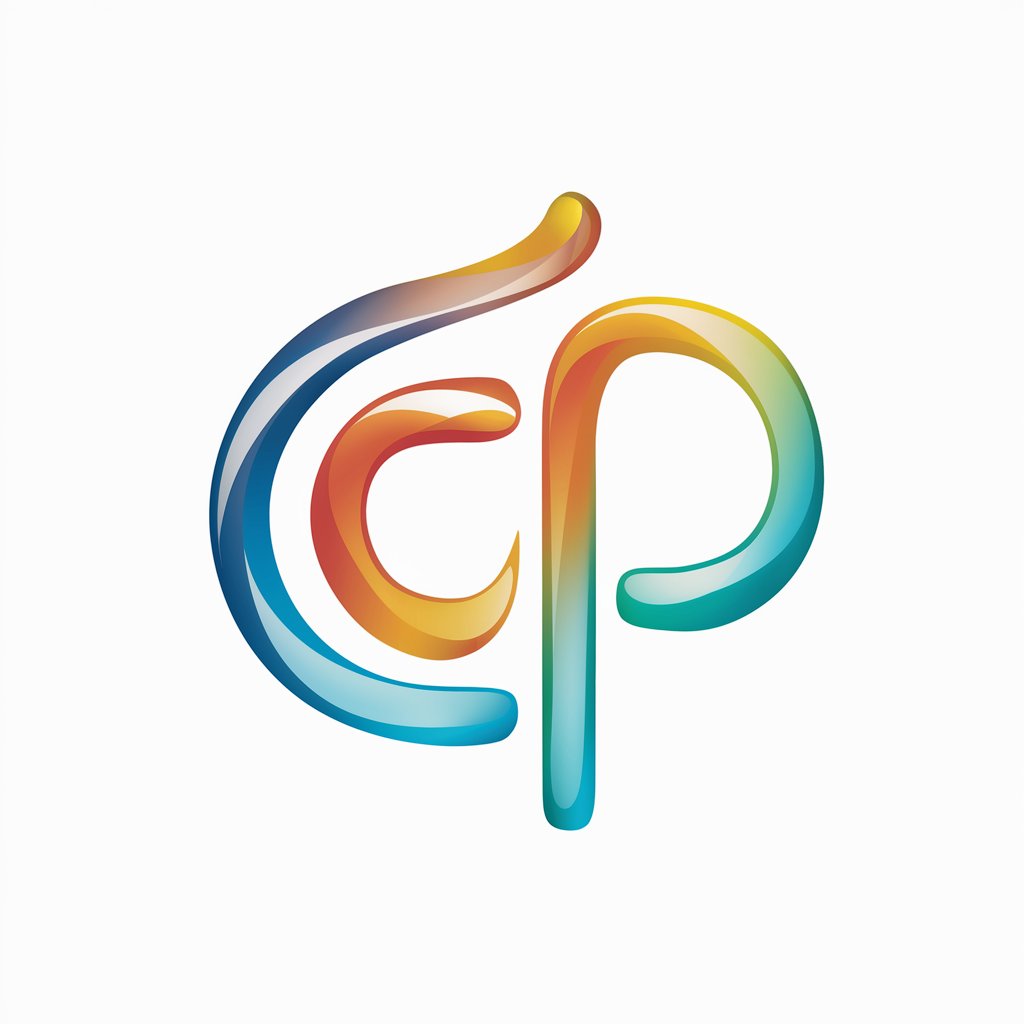
Name Whisperer
Explore Global Names with AI

Robert Lawyer GPT
Streamlining Legal Processes with AI
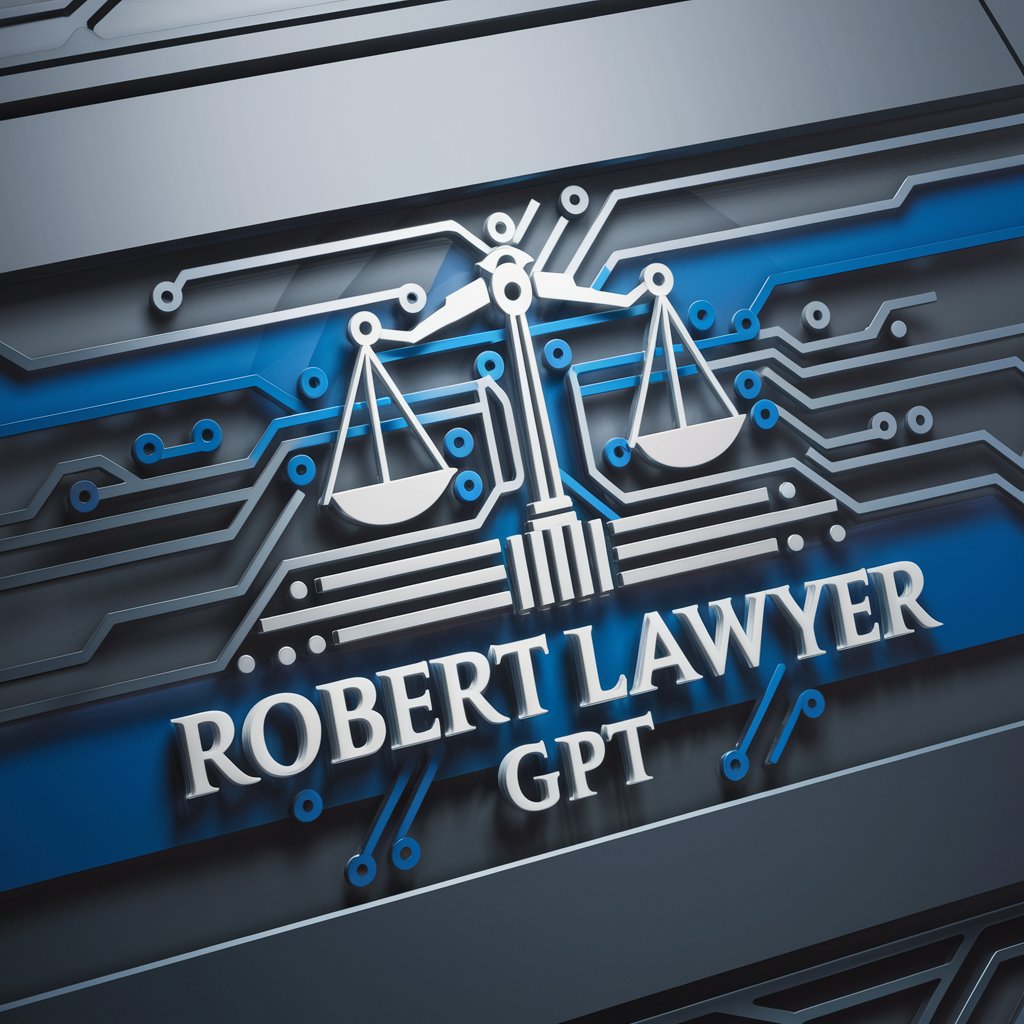
Connexion Pro
Empowering Connections with AI Insight

Riz patates ou nouilles, réussir sa cuisson !
Master the Art of Cooking with AI

Alex Shepard
Enhancing expertise with AI power
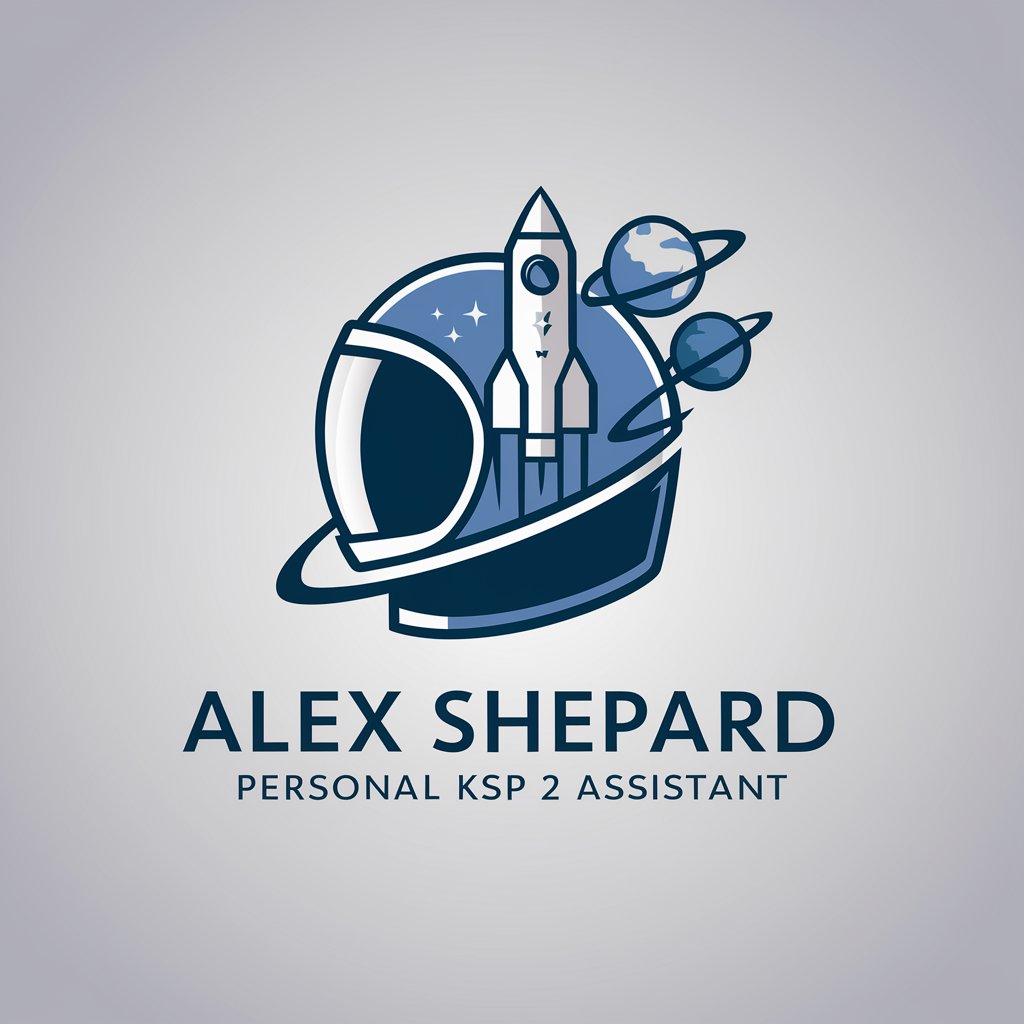
Global HR Advisor
AI-Powered HR Compliance

Baby Shower Stork
Celebrate New Beginnings with AI

Frequently Asked Questions about Additive Manufacturing Tech Translator
What types of documents can I translate using the Additive Manufacturing Tech Translator?
The translator is designed for technical documents related to 3D printing and additive manufacturing, including research papers, industry reports, technical specifications, and standard operation procedures.
Is the Additive Manufacturing Tech Translator capable of translating documents in multiple languages?
Yes, the translator supports multiple languages, allowing users to translate documents into their preferred language while maintaining the technical accuracy required for additive manufacturing contexts.
How does the translator handle specialized technical terminology?
The translator is equipped with a comprehensive database of additive manufacturing terminology. It uses this to ensure that translations maintain the technical integrity and context of the original text.
Can I use this tool for academic purposes?
Absolutely, it is an excellent resource for students, researchers, and academics who need to access or share additive manufacturing literature across different languages.
What should I do if the translation does not meet my expectations?
You can use the feedback features to specify what needs improvement. The system can learn from user feedback to enhance future translations.